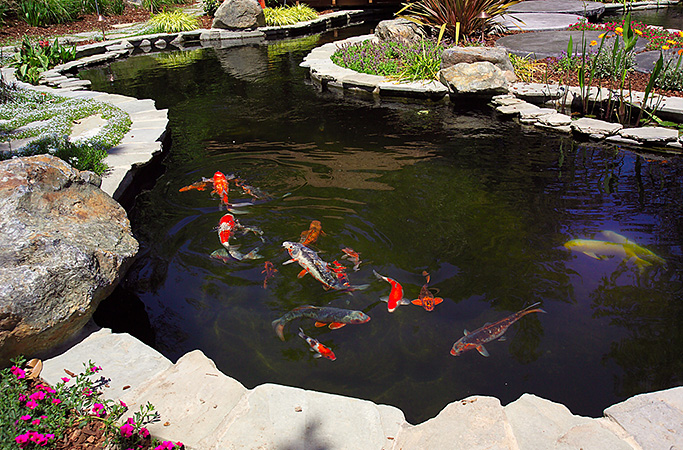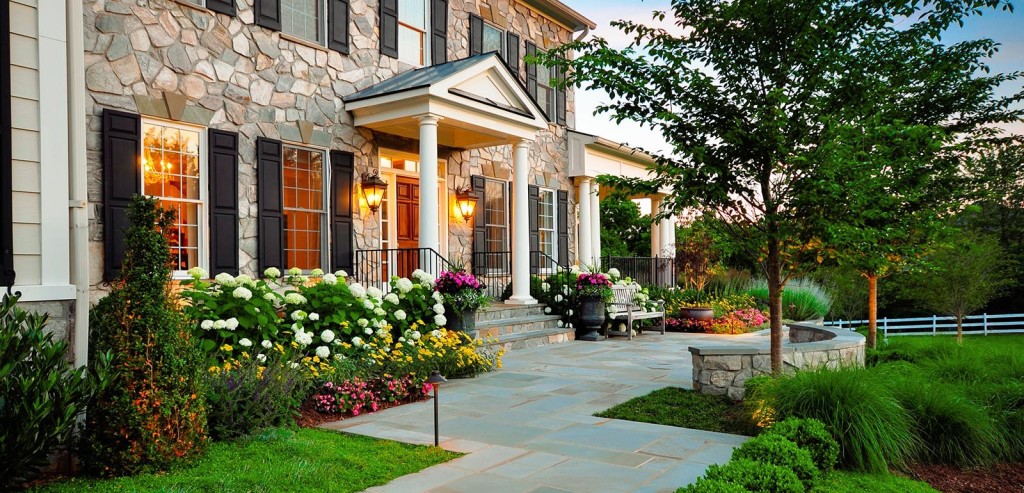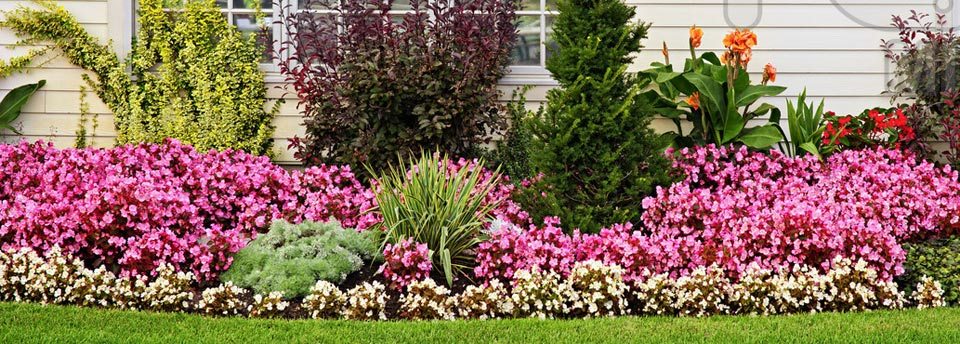
If you've got a black thumb, flowering quince is a good choice. Virtually indestructible, flowering quince tolerates climate extremes and neglect. This deciduous thorny shrub can stretch up to 8 feet wide, makes great natural fencing,and puts on a big show of blossoms in winter. Plant in spring or fall.
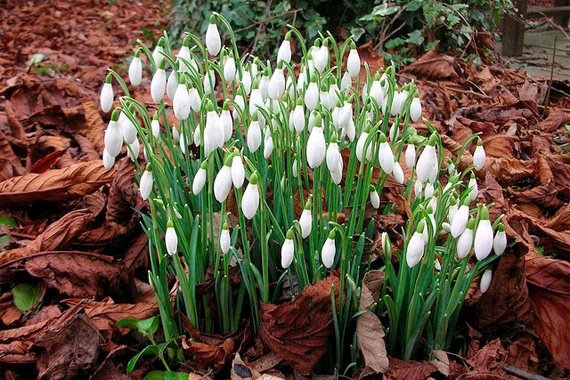
Snowdrop (Galanthus elwesii)
When most other plants are hiding away from winter’s chill, snowdrop is eager to get going. One of the first blossoms of late winter, snowdrops are still shy, preferring to hide away in rock gardens and under taller shrubs. Plant these bulbs in fall.

Your winter garden will come alive with shapes and forms that add texture. Evergreen boxwood hedges are easy to grow and shape, and make terrific borders for paths and garden outlines. Along with a quintet of arches and some tall conifers, boxwoods have turned this snowed-in landscaping into a fairy tale.

Winterberry (Ilex verticillata)
Winterberry — a deciduous version of holly — loses its leaves in late fall, leaving behind dazzling sprays of lipstick-red berries. Most species of holly are either male or female, so you’ll have to pair them up to get berries. Plant in spring or fall.

Camellia (japonica)
Like an unexpected gift, some varieties of camellia will surprise you with a showy display of rose-like blossoms in the middle of January. Check with your local greenhouse to select types that are winter-blooming. Evergreen camellias have thick green leaves, will easily grow 10 feet tall, and can live 50-100 years.
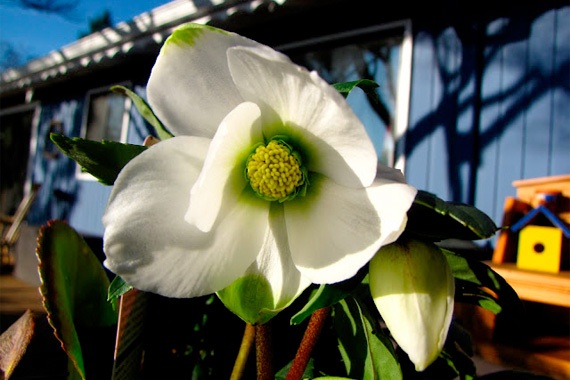
Looking for that special decoration to impress holiday visitors? Try planting Christmas rose in shady spots along your walkways. This winter-loving plant blossoms from late December through early spring on stout stems that rise above modest snowfalls. Plant this perennial in springtime.
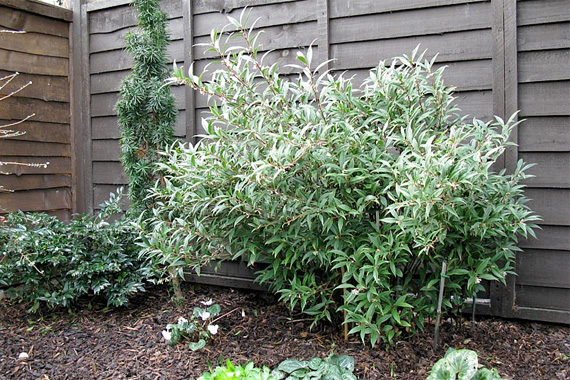
Wishing for some hints of summer in the dead of winter? The thick, evergreen leaves of sweet box cheers up your yard in all seasons. As a bonus, the shrub puts out fragrant, tiny white blossoms in late winter. Plant sweet box near your entry door for aromatic comings and goings







